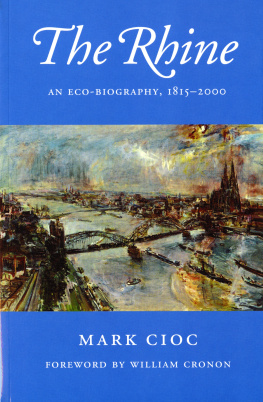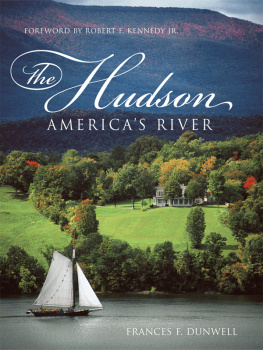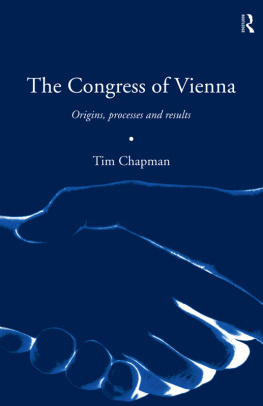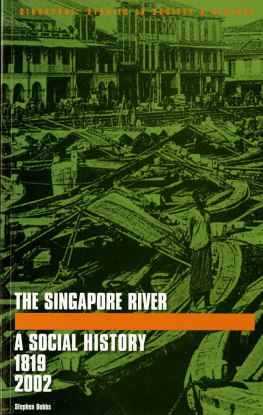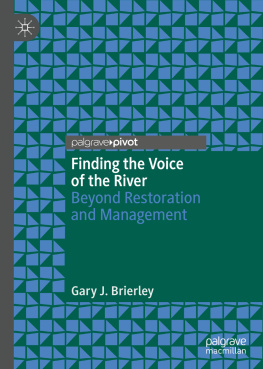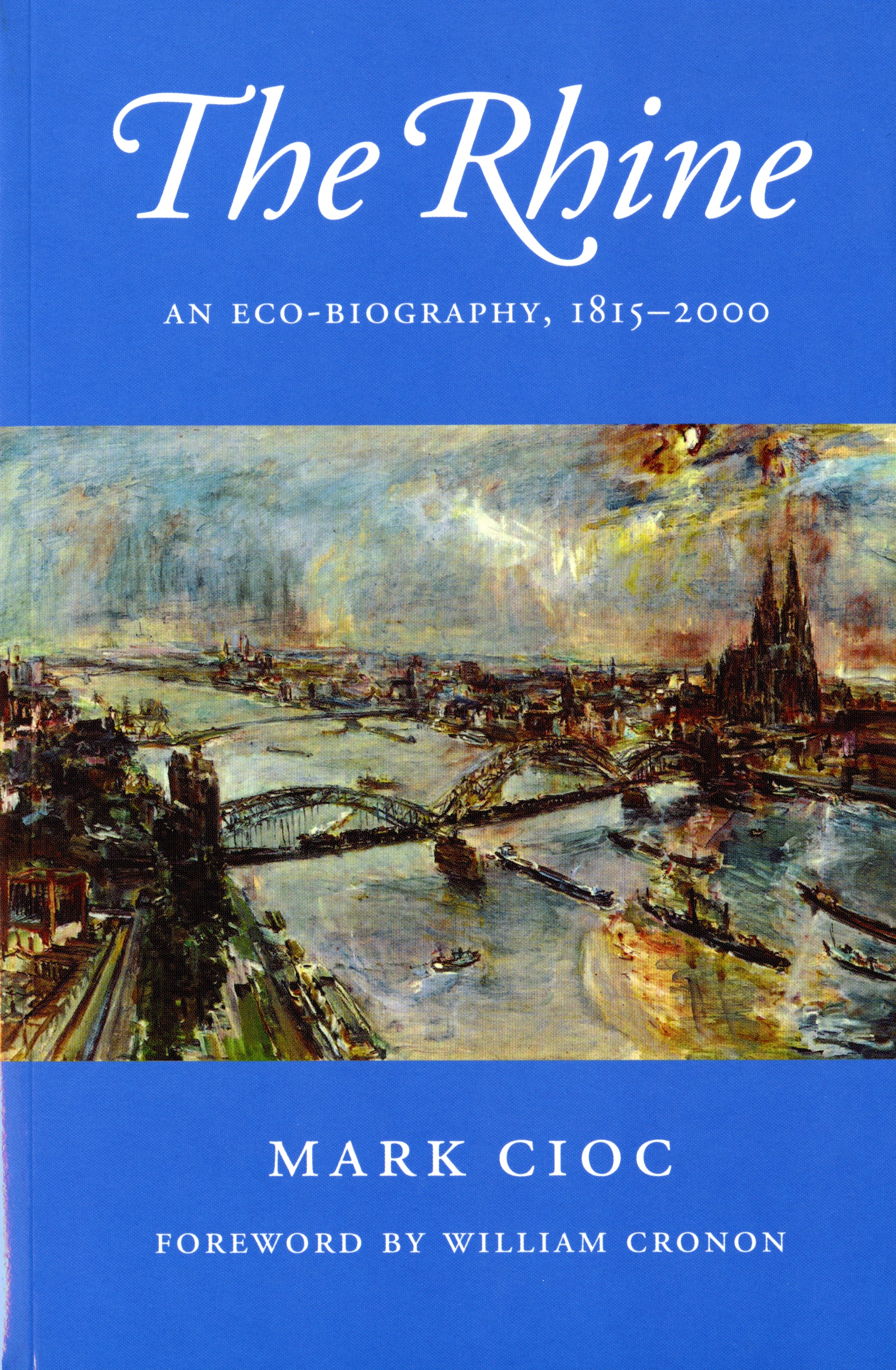WEYERHAEUSER ENVIRONMENTAL BOOKS
Weyerhaeuser Environmental Books explore human relationships with natural environments in all their variety and complexity. They seek to cast new light on the ways that natural systems affect human communities, the ways that people affect the environments of which they are a part, and the ways that different cultural conceptions of nature profoundly shape our sense of the world around us.
The Natural History of Puget Sound Country
by Arthur R. Kruckeberg
Forest Dreams, Forest Nightmares: The Paradox of Old Growth in the Inland West
by Nancy Langston
Landscapes of Promise: The Oregon Story, 18001940
by William G. Robbins
The Dawn of Conservation Diplomacy: U.S.-Canadian Wildlife Protection Treaties in the Progressive Era
by Kurkpatrick Dorsey
Irrigated Eden: The Making of an Agricultural Landscape in the American West
by Mark Fiege
Making Salmon: An Environmental History of the Northwest Fisheries Crisis
by Joseph E. Taylor III
George Perkins Marsh, Prophet of Conservation
by David Lowenthal
Driven Wild: How the Fight against Automobiles Launched the Modern Wilderness Movement
by Paul S. Sutter
The Rhine: An Eco-Biography, 18152000
by Mark Cioc
Where Land and Water Meet: A Western Landscape Transformed
by Nancy Langston
The Nature of Gold: An Environmental History of the Alaska/Yukon Gold Rush
by Kathryn Morse
Faith in Nature: Environmentalism as Religious Quest
by Thomas R. Dunlap
Landscapes of Conflict: The Oregon Story, 19402000
by William G. Robbins
The Lost Wolves of Japan
by Brett L. Walker
Wilderness Forever: Howard Zahniser and the Path to the Wilderness Act
by Mark Harvey
On the Road Again: Montanas Changing Landscape
by William Wyckoff
Public Power, Private Dams: The Hells Canyon High Dam Controversy
by Karl Boyd Brooks
Windshield Wilderness: Cars, Roads, and Nature in Washingtons National Parks
by David Louter
Native Seattle: Histories of the Crossing-Over Place
by Coll Thrush
The Country in the City: The Greening of the San Francisco Bay Area
by Richard Walker
Drawing Lines in the Forest: Creating Wilderness Areas in the Pacific Northwest
by Kevin R. Marsh
Plowed Under: Agriculture and Environment in the Palouse
by Andrew P. Duffin
Making Mountains: New York City and the Catskills
by David Stradling
The Fisherman's Frontier: People and Salmon in Southeastern Alaska
by David F. Arnold
Shaping the Shoreline: Fisheries and Tourism on the Monterey Coast
by Connie Y. Chiang
WEYERHAEUSER ENVIRONMENTAL CLASSICS
The Great Columbia Plain: A Historical Geography, 18051910
by D. W. Meinig
Mountain Gloom and Mountain Glory: The Development of the Aesthetics of the Infinite
by Marjorie Hope Nicolson
Tutira: The Story of a New Zealand Sheep Station
by Herbert Guthrie-Smith
A Symbol of Wilderness: Echo Park and the American Conservation Movement
by Mark W. T. Harvey
Man and Nature: Or, Physical Geography as Modified by Human Action
by George Perkins Marsh; edited and annotated by David Lowenthal
Conservation in the Progressive Era: Classic Texts
edited by David Stradling
DDT, Silent Spring, and the Rise of Environmentalism: Classic Texts
edited by Thomas R. Dunlap
CYCLE OF FIRE BY STEPHEN J. PYNE
Fire: A Brief History
World Fire: The Culture of Fire on Earth
Vestal Fire: An Environmental History, Told through Fire, of Europe and Europes Encounter with the World
Fire in America: A Cultural History of Wildland and Rural Fire
Burning Bush: A Fire History of Australia
The Ice: A Journey to Antarctica
The Rhine
An Eco-Biography, 18152000
MARK CIOC
University of Washington Press
SEATTLE AND LONDON
For my father, Charles J. Cioc
The Rhine by Mark Cioc has been publishedwith the assistance of a grant from the WeyerhaeuserEnvironmental Books Endowment, establishedby the Weyerhaeuser Company Foundation, members of theWeyerhaeuser family, and Janet and Jack Creighton.
Copyright 2002 by the University of Washington Press
Printed in the United States of America
Designed by Dennis Martin
All rights reserved. No part of this publicationmay be reproduced or transmitted in any form or byany means, electronic or mechanical, including photocopy,recording, or any information storage or retrieval system,without permission in writing from the publisher.
Library of Congress Cataloging-in-Publication Data
Cioc, Mark
The Rhine: an eco-biography, 1815-2000 / Mark Cioc.
p. cm. (Weyerhaeuser environmental books)
Includes bibliographical references and index.
ISBN 978-0-295-98500-8 (Paper)
ISBN 978-0-295-98254-0 (Cloth)
ISBN 978-0-295-98978-5 (Electronic)
ISBN 0-295-98254-3 (alk. paper)
1. Human beingsEffect of environment onRhine River.
2. River engineeringRhine River. 3. RiversRhine RiverRegulation.
4. Stream ecologyRhine River. 5. Rhine RiverHistory.
6. Rhine RiverEnvironmental conditions. I. Title. II. Series.
GF540.C56 2002
333.91'62'09434dc21 2002072694
The paper used in this publication is acid-free andrecycled from 10 percent post-consumer and at least 50 percentpre-consumer waste. It meets the minimum requirements ofAmerican National Standard for Information Sciences-Permanence of Paper for Printed Library Materials, ANSI Z39.48-1984.
The Rhine is the river about
which all the world speaks but no one studies,
which all the world visits but no one knows,
which one sees as it passes but forgets as it flows,
which everyone skims but no one plumbs.
Still, its ruins lift the imagination
and its destiny preoccupies serious minds;
and below the surface of its current,
this admirable river reveals to the poet and
statesman alike the past and future of Europe.
Victor Hugo (1845)
Abbreviations
BASF: Badische Anilin- und Soda-Fabrik
CHR: International Commission for the Hydrology of the Rhine Basin (same as KHR)
IAWR: International Working Group of the Waterworks of the Rhine Basin
ICPR: International Commission for the Protection of the Rhine (same as IKSR)
IKSR: Internationale Kommission zum Schutze des Rheins gegen Verunreinigungen (same as ICPR)
KHR: Internationale Kommission fr die Hydrologie des Rheingebietes (same as CHR)
LAWA: Working Group of the German Federal States
LHAK: Landeshauptarchiv Koblenz
NRW/HSA: Nordrhein-Westflisches Hauptstaatsarchiv
OSPAR: Oslo and Paris Treaties (Commission)
PCB: polychlorinated biphenyl
RIWA: Association of Rhine and Meuse Water Supply Companies
RWE: Rheinische-Westflische Elektrizittswerk
FOREWORD
Time and the River Flowing
William Cronon
Rivers are hardly a new subject for European or world history. Narratives of the earliest civilizations have more often than not centered on watercourses whose very names have become the stuff of legend: the Tigris and the Euphrates, the Yellow and the Yangtze, the Nile, the Jordan, the Ganges. European exploration and imperial expansion in the past half millennium more often than not have hinged on access to the great rivers that served as highways into the interiors of most major continents, from the Amazon to the Congo to the Mississippi. And in Europe itself, one cannot write the history of certain cities or nations without reference to the rivers that nurtured their growth. The Thames and London, the Seine and Paris, the Danube and Vienna are only the best known among scores of other examples.

